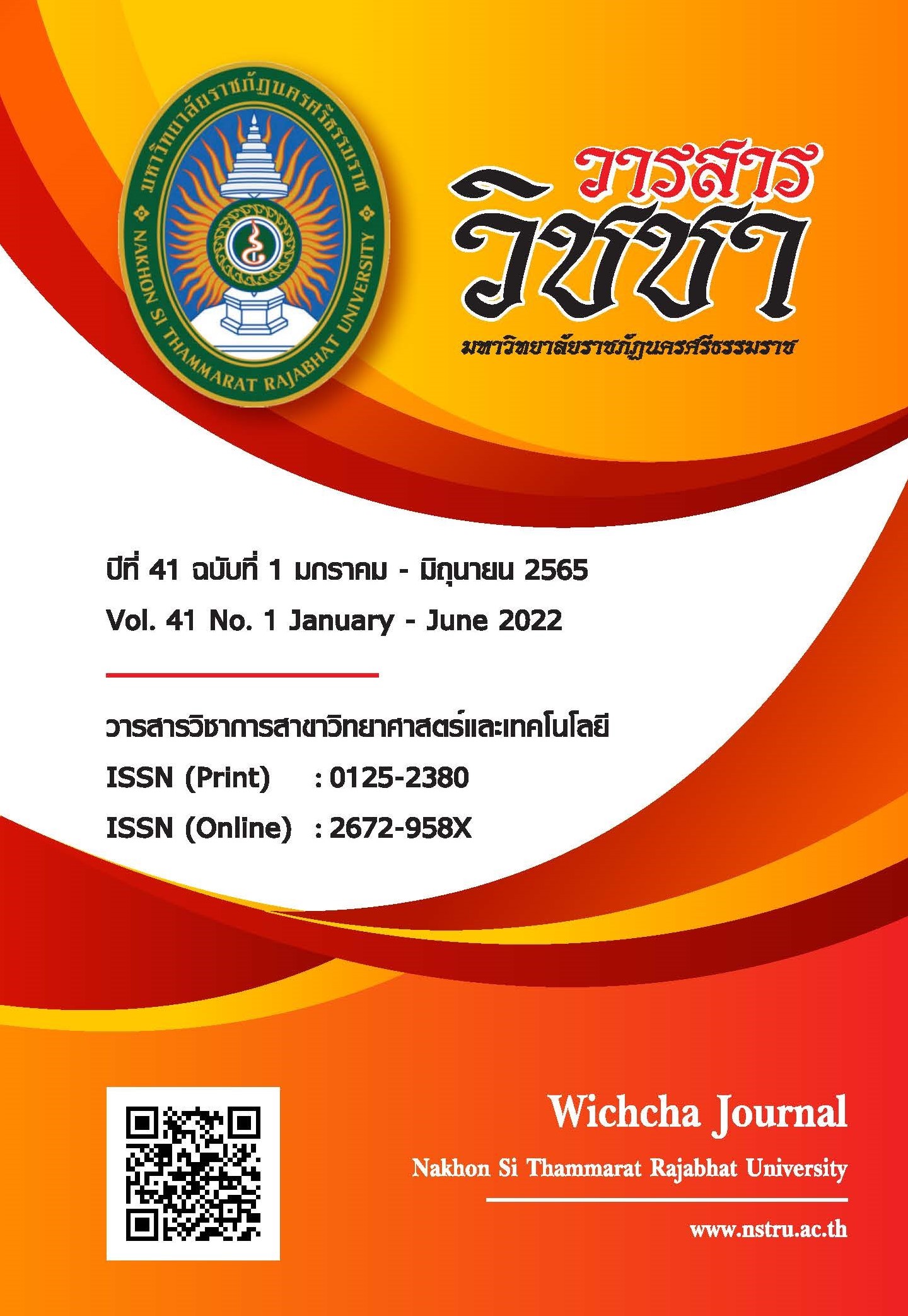An Analysis of the Goalscoring Styles of the Winning Teams in Football UEFA European National Championships 2020
Main Article Content
Abstract
This research aims to analyze and compare soccer goalscoring styles of the winning teams and their opponents at the 2020 European Football Championship. The samples used in this research were 7 matches of the winning team. To compare the difference in the average shooting performance statistics the frequency, mean, and percentage tables are presented with. The results show that the champion team had the most popular goalscoring patterns: specific skills (7.71±4.57), cross (3.57±2.23), and pass (1.71±1.80), the most goalscoring areas are penalty areas (10.71±3.95), the most scoring intervals are half time (8.29±4.23), and the most goals are off-target (6.43±2.88) and blocked (5.28±2.50). The opponents have the most popular goalscoring styles: specific skills (3.43±3.16) and set pieces (2.14±0.90), the most goalscoring areas are penalty areas (4.14±1.77), the most goalscoring intervals are full time (4.57±2.44), and the most goals scored are off-target (4.00±2.58) and blocked (2.43±2.23). When comparing the goalscoring performance of the winning team and the opposing team, it was found that cross goals, set pieces, killer pass patterns, penalty area goals scored, save and post goals scored, and woodwork were statistically significantly different at 0.05.
Article Details

This work is licensed under a Creative Commons Attribution-NonCommercial-NoDerivatives 4.0 International License.
เนื้อหาและข้อมูลในบทความที่ลงตีพิมพ์ในวารสารวิชชา มหาวิทยาลัยราชภัฏนครศรีธรรมราช ถือเป็นข้อคิดเห็นและความรับผิดชอบของผู้เขียนบทความโดยตรง ซึ่งกองบรรณาธิการวารสารไม่จำเป็นต้องเห็นด้วยหรือร่วมรับผิดชอบใด ๆ
บทความ ข้อมูล เนื้อหา รูปภาพ ฯลฯ ที่ได้รับการตีพิมพ์ในวารสารวิชชา มหาวิทยาลัยราชภัฏนครศรีธรรมราช ถือเป็นลิขสิทธ์ของวารสารวิชชา มหาวิทยาลัยราชภัฏนครศรีธรรมราช หากบุคคลหรือหน่วยงานใดต้องการนำข้อมูลทั้งหมดหรือส่วนหนึ่งส่วนใดไปเผยแพร่ต่อหรือเพื่อการกระทำการใด ๆ จะต้องได้รับอนุญาตเป็นลายลักษณ์อักษรจากวารสารวิชชา มหาวิทยาลัยราชภัฏนครศรีธรรมราชก่อนเท่านั้น
The content and information in the article published in Wichcha journal Nakhon Si Thammarat Rajabhat University, It is the opinion and responsibility of the author of the article. The editorial journals do not need to agree. Or share any responsibility.
References
ก.รวีวุฒิ ระงับเหตุ. (2564). ระบบการวิเคราะห์สมรรถนะในกีฬาวอลเลย์บอล: ประสิทธิภาพสมรรถนะในการทำแต้ม. วารสารวิชชา มหาวิทยาลัยราชภัฏนครศรีธรรมราช. 40(2), 71-81.
การกีฬาแห่งประเทศไทย. (2558). คู่มือผู้ฝึกสอนกีฬาฟุตบอล. สืบค้นเมื่อ 17 พฤศจิกายน 2564, จาก: https://www.satc.or.th/upload/document/file/documentfile_922019180101.pdf.
กาหลง เย็นจิตต์. (2553). วิทยาศาสตร์การกีฬาฟุตบอล. กรุงเทพฯ: ศูนย์วิทยาศาสตร์การกีฬา การกีฬาแห่งประเทศไทย.
นพพร เอกสาตรา. (2550). ยุทธวิธีการยิงประตูฟุตบอลในการแข่งขันฟุตบอลโลก ปี ค.ศ. 2006 ณ ประเทศเยอรมนี. วิทยานิพนธ์การศึกษามหาบัณฑิต (พลศึกษา). มหาวิทยาลัยศรีนคริน ทรวิโรฒ, กรุงเทพฯ.
นิพล โนนจุ้ย. (2564). การวิเคราะห์รูปแบบการยิงประตูฟุตบอลโลก ปี 2018. สักทอง: วารสารมนุษยศาสตร์และสังคมศาสตร์ (สทมส.), 27(1), 120-125.
นิพิฐพนธ์ มาลาหอม และชัชชัย โกมารทัต. (2556). การวิเคราะห์รูปแบบการทำประตูของทีมชาติสเปนและทีมคู่แข่ง ขันในการแข่งขันฟุตบอลโลก 2010. วารสารวิทยาศาสตร์การกีฬาและสุขภาพ, 14(1), 24-38.
ภาณุพงศ์ รุ่งมิตรจรัสแสง นิรอมลี มะกาเจ และพรพล พิมพาพร. (2556). การวิเคราะห์รูปแบบการยิงประตูของทีมชาติสเปนในการแข่งขันฟุตบอลโลก 2010 และการแข่งขันฟุตบอลชิงแชมป์แห่งชาติยุโรป 2012. ใน การประชุมวิชาการแห่งชาติมหาวิทยาลัยเกษตรศาสตร์ วิทยาเขตกำแพงแสน ครั้งที่ 10 (หน้า 1091-1100). นครปฐม: มหาวิทยาลัยเกษตรศาสตร์ วิทยาเขตกำแพงแสน.
Almeida, C., Santos, R., Mantovani, L. and Teoldo, I. (2022). Players’ participation in team possession of the 2014 FIFA world cup semi-finalists. Human Movement, 23(1), 44-49, doi: https://doi.org/10.5114/hm.2021.104186.
Yi, Q., Jia, H., Liu, H. and Gómez, A.M. (2018). Technical demands of different playing positions in the UEFA champions League. International Journal of Performance Analysis in Sport, 18(6), 926-937, doi: https://doi.org/10.1080/24748668.2018.1528524.


